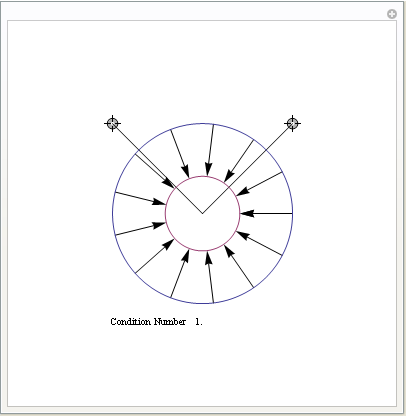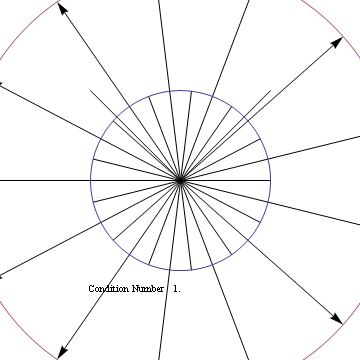ILP 07 had a discussion panel on next 10 years of structured learning. The video is now posted on
Video LecturesHere are couple of things that caught my eye
1. Bernhard Pfahringer -- someone should work on a centralized repository like
http://www.kernel-machines.org/, except for structured learning
2. Thomas Dietterich -- need a way to combine benefits of high-performance discriminative learning with semantics of generative models (for the purpose of being able to train various modules separately and then combine them)
3. Pedro Domingos -- current systems (logistic regression, perceptron, SVM) have 1 level of internal structure, need to work out ways to learn multi-tiered compact internal structure effectively
4. Pedro Domingos - - should craft algorithms for which tractable inference is the learning bias -- in other words, the algorithm is explicitly tailored to prefer models that are easy to do inference in




